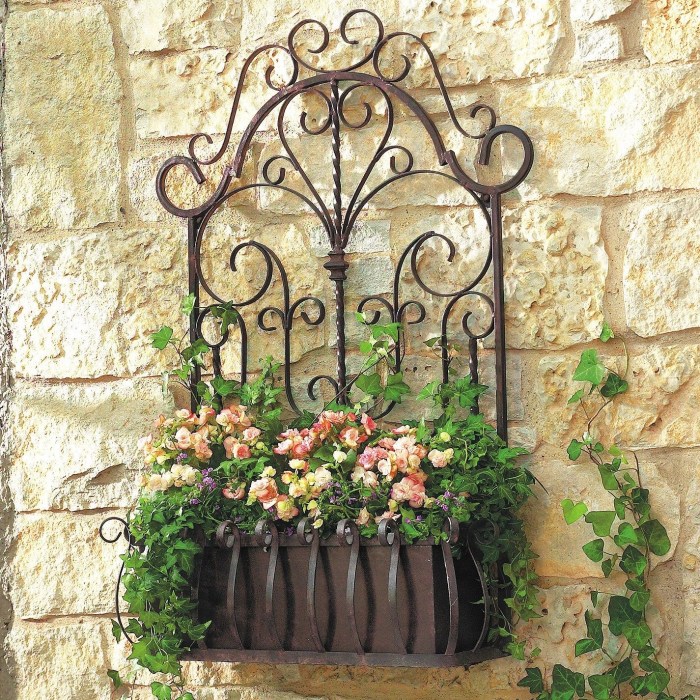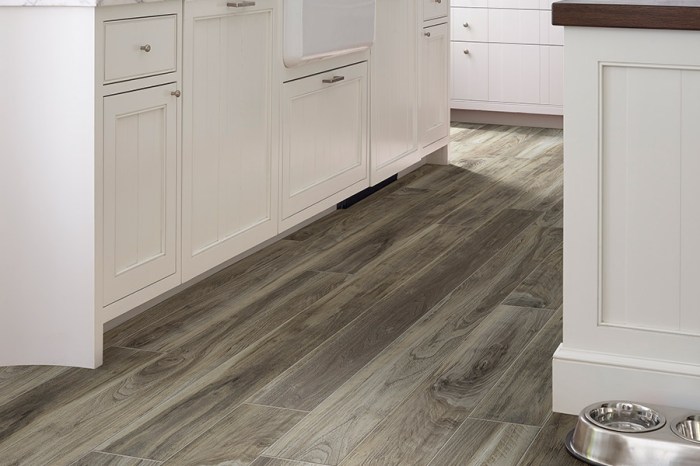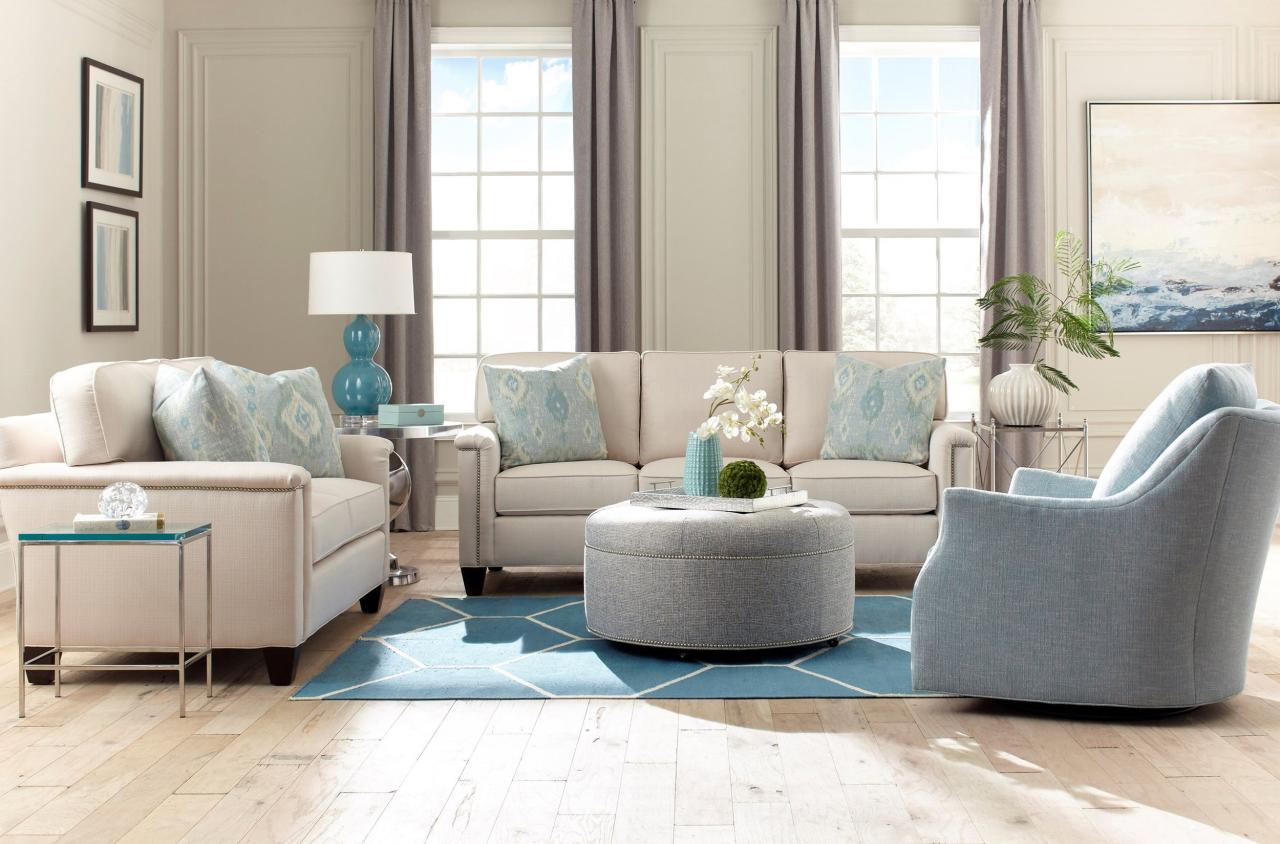Manufacturing Process: Outdoor Rod Iron Wall Decor

Outdoor rod iron wall decor – Creating exquisite rod iron wall décor involves a meticulous process that blends artistry and precision engineering. From the initial spark of inspiration to the final protective coat, each step contributes to the enduring beauty and strength of the finished piece. This process seamlessly integrates design, fabrication, and finishing techniques to produce stunning, long-lasting outdoor accents.
The journey begins with a design, often born from sketches and digital renderings. This blueprint guides the entire manufacturing process, dictating the size, shape, and intricate details of the final product. The design is then translated into a precise template, ensuring consistent replication during production.
For a touch of enduring elegance, consider outdoor rod iron wall decor; its strength and style withstand the elements. To add festive cheer, you might check out the dazzling array of options for outdoor Christmas decor at Home Depot , which can complement your existing ironwork beautifully, creating a unique holiday ambiance. Then, once the holidays are over, your sturdy rod iron wall decor will remain, a testament to lasting style.
Iron Shaping and Welding
The heart of the process lies in shaping and welding the iron. High-quality wrought iron rods, chosen for their strength and malleability, are the primary material. These rods are expertly manipulated using various techniques. For example, bending is achieved using specialized jigs and hydraulic presses to create curves and angles with precision. Forging, while less common in mass production, can be employed to create unique textures and shapes.
Once the individual pieces are shaped, they are carefully joined together using skilled welding techniques. MIG (Metal Inert Gas) welding is frequently employed due to its speed and clean welds, ensuring strong and aesthetically pleasing joints. Experienced welders meticulously fuse the pieces, creating seamless transitions between the various components of the design.
Finishing Processes
Once the welding is complete, the raw iron piece undergoes a series of finishing processes to enhance its durability and aesthetic appeal. First, any excess weld material is carefully ground away, leaving a smooth surface. This is crucial for achieving a high-quality finish and preventing rust. Next, a protective layer is applied. Painting is a common method, offering a wide array of colors and finishes.
The paint provides a decorative element and protects the iron from the elements. Powder coating, however, offers superior durability and chip resistance, making it an excellent choice for outdoor applications. The powder coating process involves electrostatically charging powder paint particles, which are then baked onto the iron at high temperatures, creating a tough, long-lasting finish. The final step involves a quality control check, ensuring that the finished piece meets the highest standards of quality and craftsmanship.
Manufacturing Process Flowchart
The following illustrates the sequential steps involved in the creation of rod iron wall decor:
Design & Template Creation → Iron Rod Selection → Iron Shaping (Bending, Forging) → Welding → Grinding & Surface Preparation → Primer Application (if necessary) → Painting or Powder Coating → Quality Control & Inspection → Packaging & Shipping
Styling and Placement

Rod iron wall decor offers a unique opportunity to enhance the aesthetic appeal of any outdoor space. Its versatility allows for seamless integration into diverse settings, transforming ordinary walls into captivating focal points. The key lies in understanding how to complement existing architectural styles and utilize lighting to maximize the decor’s inherent elegance.
Careful consideration of styling and placement is crucial to achieving a harmonious and visually stunning outcome. The inherent strength and intricate detailing of rod iron lend themselves to a variety of design approaches, from rustic charm to modern sophistication. By thoughtfully choosing the piece and its location, you can create a truly personalized and captivating outdoor environment.
Complementing Architectural Styles
Rod iron’s adaptability allows it to complement a wide range of architectural styles. For example, its ornate details can beautifully enhance the classic elegance of a Victorian home, while simpler, more linear designs can provide a sophisticated contrast to a contemporary structure. In Mediterranean-style homes, the wrought iron’s dark, metallic finish blends seamlessly with the warm earth tones and terracotta roofs.
Even in rustic settings, rod iron can add a touch of refined elegance, contrasting beautifully with natural wood and stone. The key is to select a design that echoes or subtly contrasts with the existing architecture, creating a cohesive and visually pleasing effect.
Utilizing Lighting to Enhance Aesthetic Appeal
Strategic lighting can dramatically enhance the beauty of rod iron wall decor. Uplighting, for example, can highlight the intricate details and create a dramatic shadow play, adding depth and visual interest. String lights woven through the ironwork can cast a warm, inviting glow, ideal for creating a romantic atmosphere in the evening. Spotlights can be used to focus attention on specific elements, such as a decorative crest or a particularly intricate section of the design.
Consider the overall ambiance you want to create when choosing your lighting; warm, soft lighting promotes relaxation, while brighter, more focused lighting creates a more vibrant and energetic atmosphere.
Examples of Suitable Outdoor Spaces, Outdoor rod iron wall decor
The versatility of rod iron wall decor makes it suitable for a wide array of outdoor spaces.
| Outdoor Space | Description of Rod Iron Decor and Placement | Image Description |
|---|---|---|
| Patio | A large, ornate sunburst design centered above a seating area. The piece is back-lit with warm LED lights, casting a soft glow on the surrounding patio furniture and plants. | A patio with comfortable wicker furniture, potted plants, and a large, ornate rod iron sunburst above a seating area. The sunburst is back-lit, creating a warm, inviting glow. |
| Garden Wall | A series of smaller, more delicate rod iron panels are mounted along a garden wall, interspersed with climbing vines. Small solar-powered lights are attached to the panels, illuminating them subtly at night. | A garden wall with climbing vines intertwined with several smaller, delicate rod iron panels. The panels are subtly lit by small solar-powered lights. |
| Entryway | A dramatic, arched rod iron piece is mounted above the front door, providing a grand and welcoming entrance. Spotlights are strategically placed to highlight the piece’s intricate details. | A grand entryway with a dramatic, arched rod iron piece above the front door. The piece is brightly lit by strategically placed spotlights, highlighting its intricate details. |
Query Resolution
What are the best cleaning products for rod iron wall decor?
Mild soap and water are generally sufficient. Avoid abrasive cleaners.
How often should I repaint or recoat my rod iron decor?
This depends on the climate and finish, but every 2-3 years is a good rule of thumb.
Can I install rod iron wall decor myself?
Simple designs are often DIY-friendly, but complex pieces may require professional installation.
How do I prevent rust on my outdoor rod iron decor?
Choose powder-coated or properly sealed pieces. Regular cleaning and occasional touch-ups are crucial.


